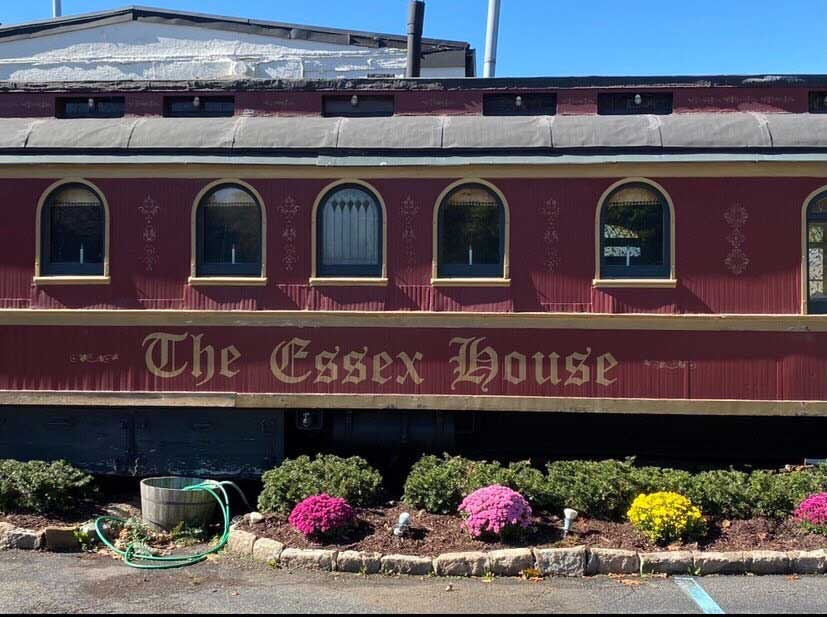
For four decades, The Essex House, a banquet hall in West Orange, inhabited a nearly century-old building that resembles an English inn with a signature dining room fashioned out of a retired railroad car.
But like many beloved businesses, The Essex House was derailed by the pandemic. The owners are now partnering with Newark-based developer Hanini Group to bring a five-story residential building to the property.
“I get emotional just thinking about it,” said the owner’s daughter Kathy Markouris, after sharing her struggles of the previous year at a community meeting last week.
This isn’t the first time the owners have tried to redevelop the two-acre lot. In 2010, their proposal to put up a strip mall there reached the zoning board stage. But township officials convinced the Markouris family to back down for the sake of saving the landmark, according to a news report.
The current proposal, which has to be approved by the town planning board, again calls for the demolition of the original structure, this time to make way for a building with 100 market-rate rental units and a ground-floor shop.
The historic building couldn’t be salvaged due to a foundational issue, the Hanini Group said. The news surprised some community members familiar with the developer, who is closely associated with preservation work, having earned accolades for adaptive-reuse projects in downtown Newark like the Hahne & Co. building.

“What we’re trying to do is incorporate some of the historic details into the new design,” said Samer Hanini, managing partner of his namesake firm. “I will definitely take a lot of the artifacts that are in the restaurant and incorporate them into the lobby.”
The Essex House is located on the southern border of the St. Cloud neighborhood. In 1992, a preservationist architect named Robert Guter undertook a survey of landmarks in town and proposed designating St. Cloud as a historic district.
Guter, in the three-volume report, recounts the history of St. Cloud, from its early days as a 19th-century resort village to becoming a fashionable address for notables like Civil War-hero General George McClellan.
Today, all that is left of the resort is the mineral spring. However, the residences remain, including a rare collection of Second Empire homes, 19th-century churches, and a monastery build in 1932.
The designation of St. Cloud as a historic district, which would have put restrictions on development there, never came to pass. An open secret is that West Orange town officials are traditionally averse to burdening homeowners with the sort of rules that historic districts entail.
Llewellyn Park remains the town’s only historic district. Interestingly, the paperwork arranged for its designation on the National Register of Historic Places wasn’t prepared by any town official but by Guter in 1984.
“It’s unfortunate we have to knock down the building,” said Hanini about the prospects of both saving the old building and constructing new apartments. “I assure you, if there was a way, we would try to do.”


